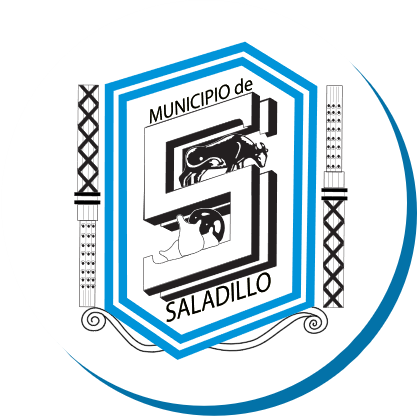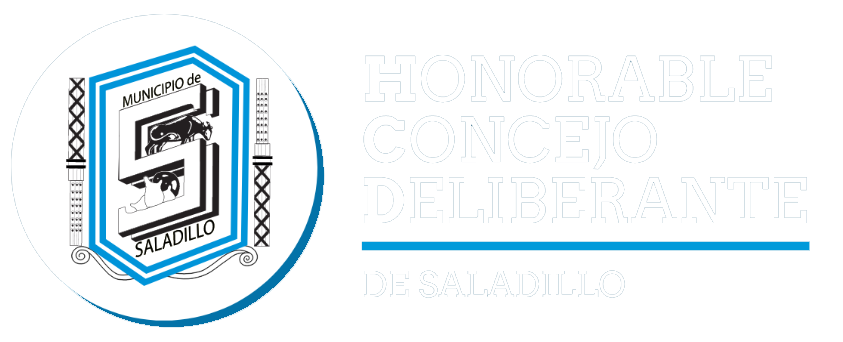Then you pay taxes when you take withdrawals from the account in retirement. A traditional 401(k) plan allows eligible employees (i.e., employees eligible to participate in the plan) to make pre-tax elective deferrals through payroll deductions. Rules relating to traditional 401(k) plans require that contributions made under the plan meet specific nondiscrimination requirements. Some employers will offer matching contributions, or an employer match, where they will match the amount you contribute to your 401(k) plan.
Andrea Coombes has 20+ years of experience helping people reach their financial goals. Her personal finance articles have appeared in the Wall Street Journal, the many benefits of a 401 USA Today, MarketWatch, Forbes, and other publications, and she’s shared her expertise on CBS, NPR, “Marketplace,” and more. She’s been a financial coach and certified consumer credit counselor, and is working on becoming a Certified Financial Planner.
Turning your savings into a Roth 401(k) could be right for you.
- Retirees may choose to transfer the balance of their 401(k) plans to a traditional IRA or a Roth IRA.
- Unless you are still employed with the same company, you must withdraw a specific portion of your retirement income starting at age 72.
- If you’re thinking about making an early withdrawal from your 401(k), it’s important to talk to a financial advisor to make sure you understand the implications.
- The employer reports elective deferrals on the participant’s Form W-2, Wage and Tax Statement PDF.
Advisory fees are calculated based upon the amount of assets being managed (as detailed further in the Empower Advisory Group, LLC Form ADV). A key benefit of a 401(k) plan is that your employer automatically deducts a portion of your pre-tax wages to your account and, in many cases, offers a company match up to a given percentage. Once you have opened a 401(k), however, don’t simply sit back and allow it to run on auto-pilot. 401(k) plans have the highest contribution limits of any retirement account. The employee deferral limit was $23,000 in 2024 and increases to $23,500 in 2025. If you’re 50 or older, you can defer an extra $7,500 in both 2024 and 2025.
Should You Roll Over Your Roth 401(k)?
No single retirement strategy is best for everyone but some tips benefit most investors, especially those looking to make the most of their retirement savings. In a direct rollover, the money goes straight from the old account to the new account and there are no tax implications. In an indirect rollover, the money is sent to you first, and you will owe the full income taxes on the balance in that tax year. Even if you’re still employed, you have to take the RMD from a traditional, SEP, or SIMPLE IRA, for example. Millions of workers depend on the money they invest in these plans to provide for them in their retirement years and, for many, it’s a key benefit of the job. The information herein is general and educational in nature and should not be considered legal or tax advice.
What happens to your 401(k) when you switch jobs?
- Taxes are only paid once the money is taken out of the account.
- The tax treatment can be a significant benefit if you’re in a lower tax bracket in retirement—when you take money out—than you are when you make the contributions.
- Contributions to a traditional 401(k) are made with pre-tax dollars and reduce the employee’s taxable income as well as adjusted gross income (AGI).
- These training sessions can give teams insights into which 401(k) package is best for them and how to make long-term plans with those savings.
It is up to each plan sponsor to determine if loans are allowable, along with what the application procedure and repayment requirements will be. Bankrate.com is an independent, advertising-supported publisher and comparison service. We are compensated in exchange for placement of sponsored products and services, or by you clicking on certain links posted on our site. While we strive to provide a wide range of offers, Bankrate does not include information about every financial or credit product or service. Most 401(k) plans have at least three investment choices, though others offer many more options. The average plan offers about 28 investment options, according to the Investment Company Institute.
What is a defined-contribution plan?
In a perfect world, your employer would perform its due diligence when choosing an administrator. When you work for a small company, then you’ll typically pay higher fees because you can’t take advantage of an economy of scale. Those who save in a large plan have fees that range from 0.37% to 1.27%. It can be easy to think that you’re done once you set up a plan, but asset allocation and balancing is a task that should happen each year. Most 401(k) retirement plans allow you to take those necessary steps.
At any time you are free to change your investment choices within the options offered in your plan. Once you set your preferences, the work of saving and investing happens behind the scenes. Plus, you have tax savings and, possibly, matching contributions that expedite your savings momentum. If your company utilizes employer match to contribute to the retirement account as well, the limit goes up to $57,000 and $63,500 dollars respectively. No matter how old you are, it’s never a bad idea to start planning for retirement.
Finally, 401(k) plans are subject to the vagaries of the stock market, which means that your savings can go up or down depending on the performance of the market. You can take advantage of penalty-free hardship loans with both options, but you must still meet all of the strict requirements before the outcome can happen. “In times of market volatility or uncertainty, it’s important to remember that panic isn’t a strategy, especially with an investment as long-term in nature as a 401(k),” Golladay says.
How do 401(k) employer contributions work?
If your company offers one or both of these features, consider signing up for them—they essentially represent free money with limited risk to you. The average 401(k) plan offers numerous investment options, and many include additional features such as automatic enrollment and low-cost index fund options. A Roth 401(k) might be good for employees with relatively low income and lots of deductions right now compared to what they expect in retirement. It’s also a hedge against increases in tax rates during their retirement years.
Some variations of the 401(k) retirement plan are starting to appear, including safe harbor and SIMPLE options. All of them have the same advantages and disadvantages to consider since the money comes out on a pre-tax basis. That means your annual taxable income is lower, and it will stay that way since your disbursements will likely come when your income brackets are at a lower level. Step two is getting that money invested so it grows to a handsome sum for your retirement, otherwise it may sit in cash and lose buying power to inflation. On your 401(k) website is a list of investment options offered to all plan participants.
Your employer may offer you “free money”
A 401(k) is a popular option that many employers offer, and it provides several benefits to participating employees. A 401(k) is an employer-sponsored retirement plan offered to many employees in the U.S. Participants elect a percentage of their paycheck to defer toward their retirement savings in the plan. Making benefits administration simple and accessible gives employees better oversight over their retirement plans. That’s why Deel offers a centralized solution where teams from anywhere in the world can log in and view their payroll, contract, and benefits information.
What are my investment options?
Some companies automatically enroll employees in the company 401(k) at a low percentage of salary (such as 3%) and incrementally increase contributions over time. Don’t assume you’re automatically enrolled once you start a new job. Look at your plan rules, and, if need be, adjust your contribution amount.

